Storing wine correctly
- Constant temperature between 10 and 16°C
- Humidity between 50 and 80 percent
- Good ventilation
- Maximum protection from light (preferably total darkness)
- No vibrations
A calm, stable temperature, in a dark room with a relative humidity-level at approximately 70% is what is needed for the ideal storage of wine. These conditions are not so difficult to achieve as it may sound and this environment can be replicated in many different ways and in different places.
Unique tasting experiences await you when a properly stored bottle of wine is poured into your glass.
In addition to the tasting experience itself, there is also the lovely gesture and sense of pride and joy when opening a treasured bottle from your child's birth year celebrating the graduation, wedding or even silver wedding anniversary of your child. The latter will probably require a carefully selected bottle of Port and that your child was born in a successful vintage. Successful as seen with the eyes of a wine lover, of course.
It is possible to share such unique experiences with your loved ones, family and friends. It is not particularly complicated to store wine. Basically, it comes down to a storage room in peace and quiet.
Optimum conditions
When it comes to storing wine, stability and tranquillity is of the utmost importance.
Looking at it the opposite way, the worst place to store your wines at home is on top of the kitchen cabinets, because of the heat from the stove, the oven and the fridge. Fortunately, most kitchen designers have gradually learned this.
The number one enemy of wine is oxygen or air in general. If the cork dries out, shrinks and no longer closes sufficiently, you risk oxidisation and deterioration of the wine. Therefore, bottles are best stored horizontally. Bottles with screw-cap-closure can be stored in any position.
Cold, humid and dark
The ideal temperature for storing wine is between 12-16° C. At high temperatures, your wine matures faster and vice versa at low temperatures.
The absolute outer extreme limits of the storage-temperature are below 4° C and above 30° C. This is where the wine will be seriously damaged.
Darkness is paramount, so it is a good idea to keep the bottles in the original packaging, cardboard boxes, wooden boxes or gift boxes to protect the wines from the light.
A high relative humidity is also desirable, ideally between 65-75%. If an environment too dry, the corks may dry out. The only immediate disadvantage of excessive humidity is the risk of the labels becoming damaged and therefore difficult to resell. To avoid this, you could protect the label with a coat of hairspray covering the label or you can wrap the bottle in household plastic wrap.
Finally, it is important not to shake the bottles. If you live next to a railroad or on a houseboat, it might be worth considering whether your wine collection for long-term storage should be kept somewhere else.
Cave, cellar or wine cabinet
The perfect combination of these conditions is best found in a cave under a mountain, and are quite rare to come by. But luckily for us, less can do the trick. Besides, wine is more resilient than we tend to believe. So, no need to worry. It will all be fine.
If you have access to a room or a basement, you are among the lucky ones who can arrange a genuine wine cellar fully equipped with wine racks and the works.
Alternatively, consider purchasing a wine cooler/cabinet providing you perfect storage conditions within only a few square meters. Wine cabinets come in various sizes and in an even greater range of prices. Common to them all, is that your wine is stored at a stable temperature in your fifth-floor apartment, should you so desire.
There are wine cabinets where you can manage the relative humidity and store your wine in two separate temperature zones. A dual zone wine cabinet is great if you want to serve your wines directly from the wine cabinet. This way, your white wines, bubbles or rosé wines on the top shelves are always perfectly tempered at, for instance, 7° C, while the rest of your wines in the lower part of the wine cabinet is kept at 15° C.
We sincerely hope that you will give it a go starting to store your wines in a cave, cellar or wine cabinet. Your effort and patience will most certainly be rewarded.
Enjoy your wines. Cheers!
Warning! Nerd alert.
Heard Through the Grapevine
There are several theories about whether storage of wine should take place in a slightly upward position so that both the wine and the air bubble inside the bottle are in contact with the cork. The cork will remain moist, but the air that will expand and contract due to possible temperature fluctuations then penetrates through the cork instead of through the wine.
If the bottle is completely horizontal, the air bubble will be too far away from the cork in case of an increase of temperature, and thus it will be the wine that penetrates the cork. There are many examples of, for example, dessert wine with a sticky sugary collar around the capsule on the bottle. When the temperature drops, a vacuum is created in the bottle and oxygen enters through the pores of the cork. As mentioned, the number one enemy to any wine is oxygen, and if the oxygen level becomes too high in a bottle due to large and frequent temperature fluctuations, this may be very harmful.
Most furniture and cabinet producers are still happily ignorant of this theory, but if your wine storage room experiences high fluctuations in temperature (+/- 10° C), it may be a good idea to put a small wedge under the wine rack to tilt it slightly.
However, I personally have never had problems with leaking bottles, and my wine cellar sometimes fluctuate 10° C from summer to winter.
Sorry for the inconvenience. Have a nice day!

Michael Kahr Jørgensen
Sommelier
















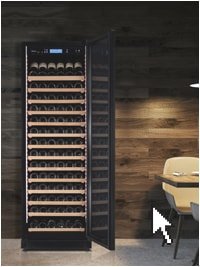
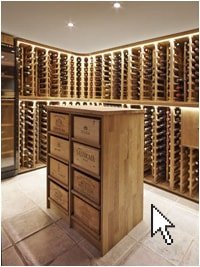
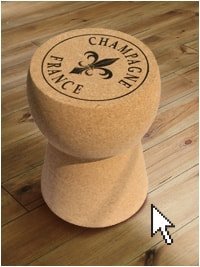
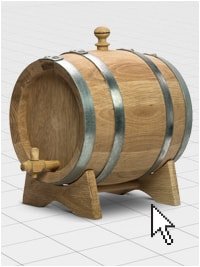
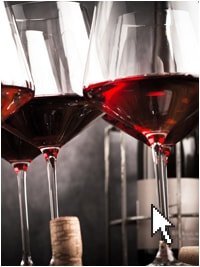
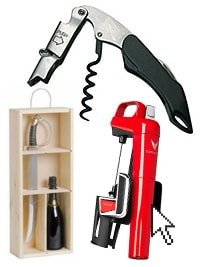
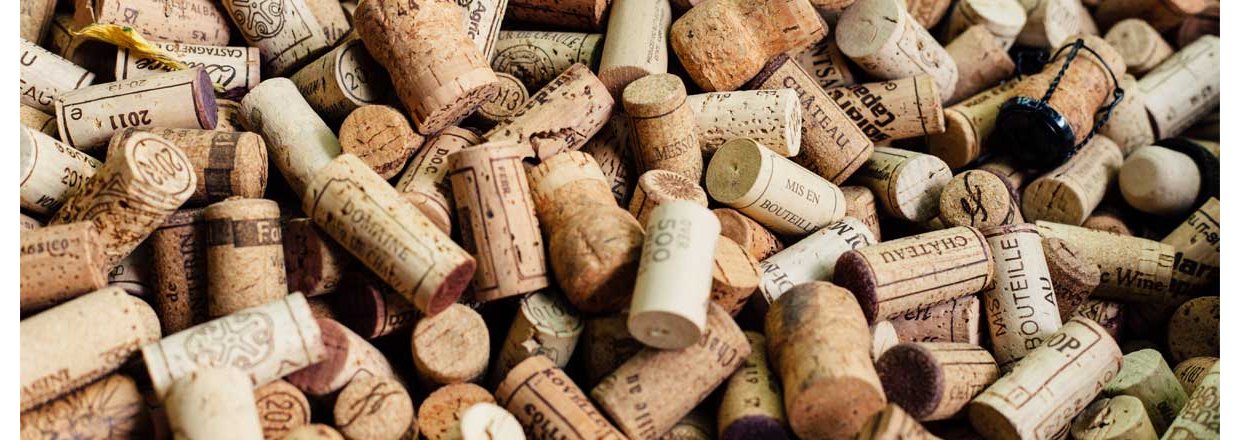











Response
Response
We will publicly show your name and comment on this website. Your email is to ensure that the author of this post can get back to you. We promise to keep your data safe and secure.